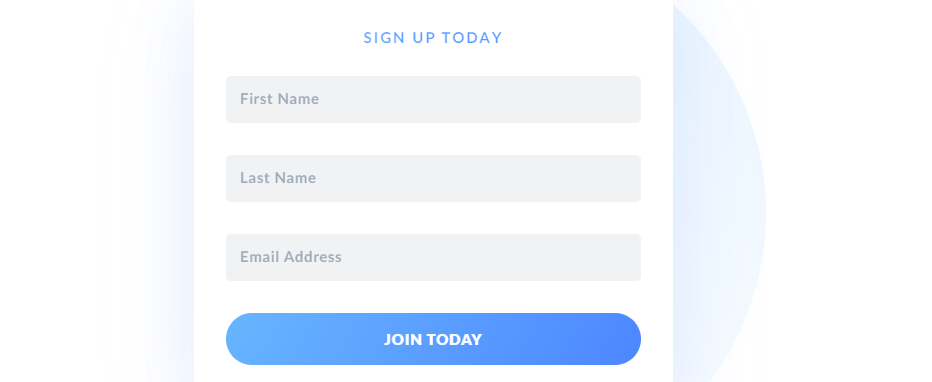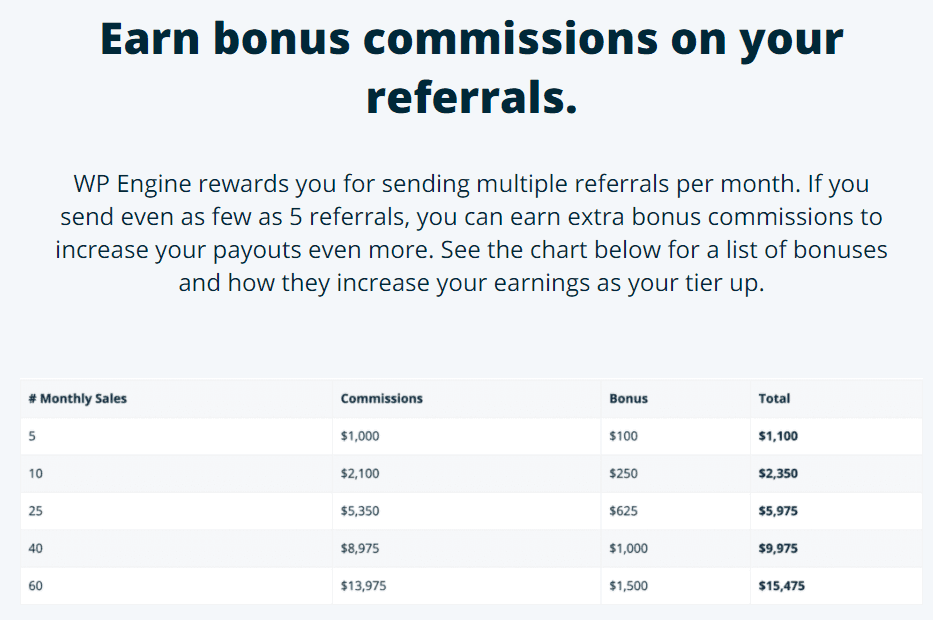Table of Contents
Affiliate marketing is a powerful tool for bringing in new business. We're talking about an industry worth $12 billion, so we know that affiliate marketing works. However, for your program to be successful, you'll need to choose the right payment model.
There are several payment systems you can use for your program, including offering commissions for leads or for successful sales. Which option you choose will depend on what your ultimate goals are.
In this article, we'll introduce you to the four most common affiliate marketing payment models, and talk about when it makes sense to use each of them. Let's get to it!
1. Cost Per Click (CPC) Payments
Cost Per Click (CPC) is one of the main metrics that you'll encounter when you engage in online marketing. If you publish on an ad network, for example, you usually pay for each click on one of your campaigns.
If you run an affiliate program, you can also use CPC as your primary payment model. Under this setup, you'd pay affiliates for every click they generate that leads users to your website, landing page, or product.
Affiliate programs that use a CPC model can be very attractive, because getting clicks is much easier than closing a sale. However, this also means that you might end up paying more for fewer qualified leads.
If you're looking to get your website or offer as much traffic as possible, then CPC payments can encourage affiliates to drive that traffic to you. Once users are on your site, it's up to you to get the conversions you want.
2. Cost Per Lead (CPL) Payments
Paying for leads instead of clicks enables you to cast a more precise net, and get more out of your affiliates' work. Leads can come in many shapes, depending on what kind of product or service you're selling.
Three of the most common types of leads include:
- Email sign-ups. With this approach, you pay affiliates for every new email subscriber they refer to you.
- Free trial sign-ups. Convincing users they need your services becomes much easier once they have first-hand experience. That's why many companies pay for free trial sign-ups.
- Consultation calls. This approach involves paying affiliates for customers who reach out to you for a consultation call.
In any of these scenarios, affiliates usually have to do a lot more work to get leads than to simply encourage clicks. Once users sign up to your email list, for example, they become part of your sales funnel, and you can begin to nurture them:

This affiliate marketing payment model is remarkably similar to the ‘Cost Per Action (CPA)' approach. With the CPA model, you pay for very specific actions, such as app downloads or free trial sign-ups. In most cases, the CPA model is all about collecting leads, which is why it falls into the same category as Cost Per Lead (CPL).
Since collecting leads takes so much effort, you'll need to offer higher payments than with the CPC model. At least, that's the case if you want to attract the best affiliates possible.
If you're interested in getting very specific types of conversions for your website, this is a fantastic affiliate marketing payment option. However, it also requires a sizable budget, as not every lead will translate to a sale.
3. Cost Per Sale (CPS) Payments
The Cost Per Sale (CPS) (or Pay Per Sale [PPS]) model is the bread and butter of the affiliate marketing world. With this system, you only pay when the affiliate's efforts result in a sale. This means that if you run the numbers properly, your affiliate program should never be in the red.
Let's say, for example, that you run an affiliate program to drive sales for your software.
If you sell your product for a one-time payment, your CPS costs should be lower than that price so that you can still make a product. When offering items or services worth hundreds of dollars, it's not hard to find a commission rate that attracts the best affiliates while also growing your business.
For subscription-based products, it's not uncommon to offer CPS payments that are higher than what you get upfront from customers. Hosting companies, in particular, tend to offer some of the highest commission rates for their affiliates:

Other platforms, such as Amazon, pay their affiliates a small percentage of each sale they make. That approach may seem less attractive at first, but with a platform the size of Amazon, affiliates have so many marketing options that the program still remains competitive.
Ultimately, the CPS model works as well as the products or services you offer. If the quality is good, affiliates will be able to sell on your behalf, and both parties should reap the rewards.
Conclusion
Affiliate marketing programs are only as successful as the rewards they provide. If you don't have a solid and transparent payment model in place, you'll likely have a hard time finding members. Fortunately, there are plenty of excellent options.
In most cases, one of the following models should take you far:
- CPC payments: This approach is great if you want to get as much traffic as possible, and you're prepared to optimize for conversions.
- CPL payments: By paying for leads, you get more qualified users who are easier to nurture, although the costs tend to be higher.
- CPS payments: Paying for sales is perhaps the easiest way to scale your business, but you need competitive commissions to attract the best affiliates.
Do you have any questions about how to choose the right payment model for your affiliate marketing program? Let's talk about them in the comments section below!
If you liked this post, be sure to follow us on Twitter, Facebook, and LinkedIn! And don't forget to subscribe in the box below.



Leave a Reply